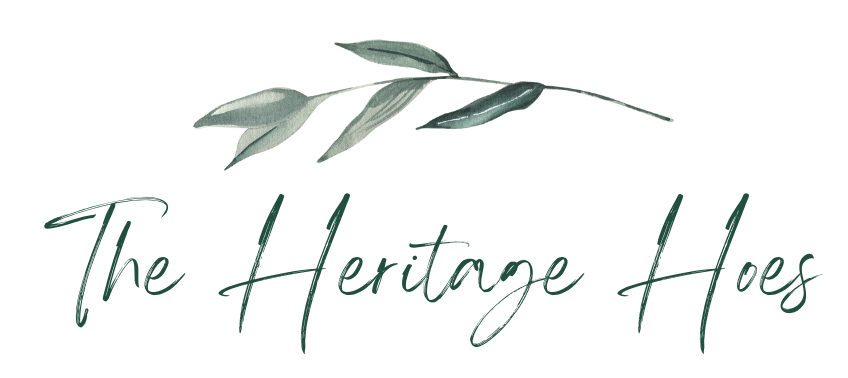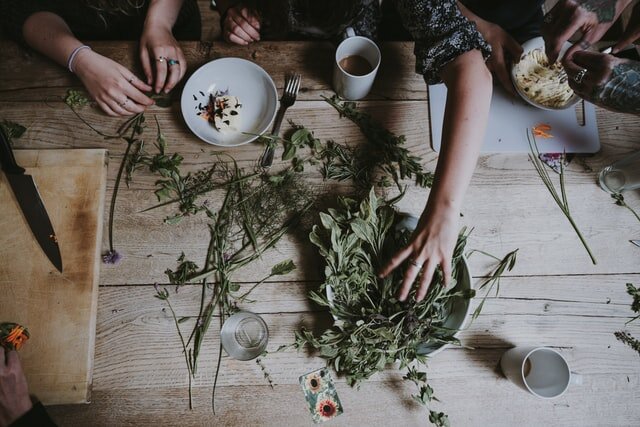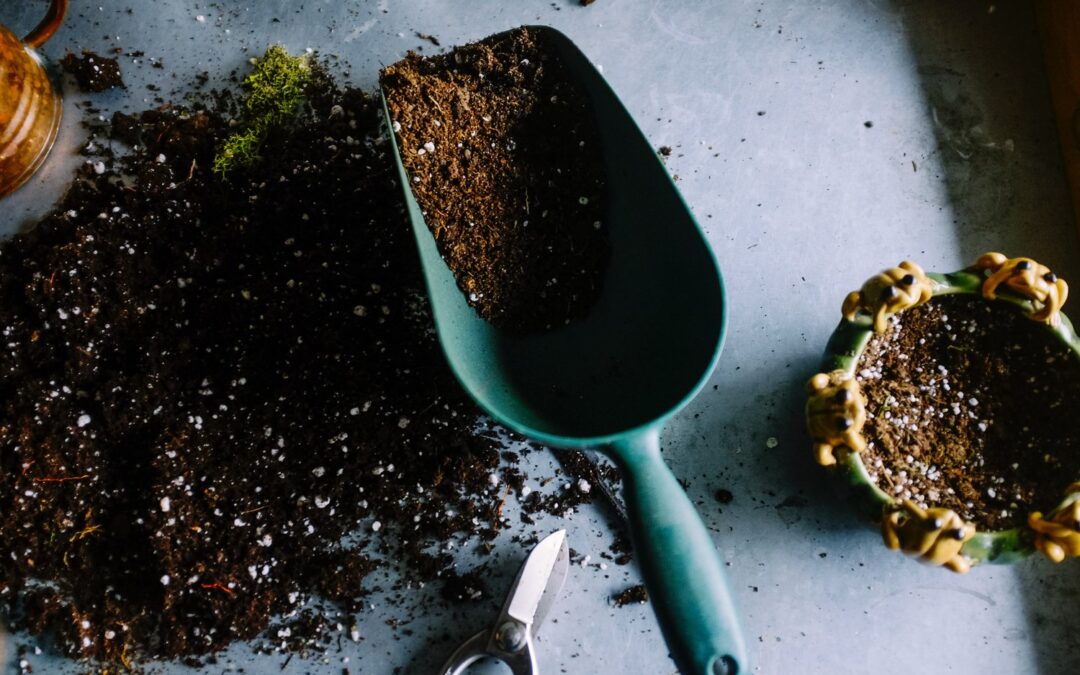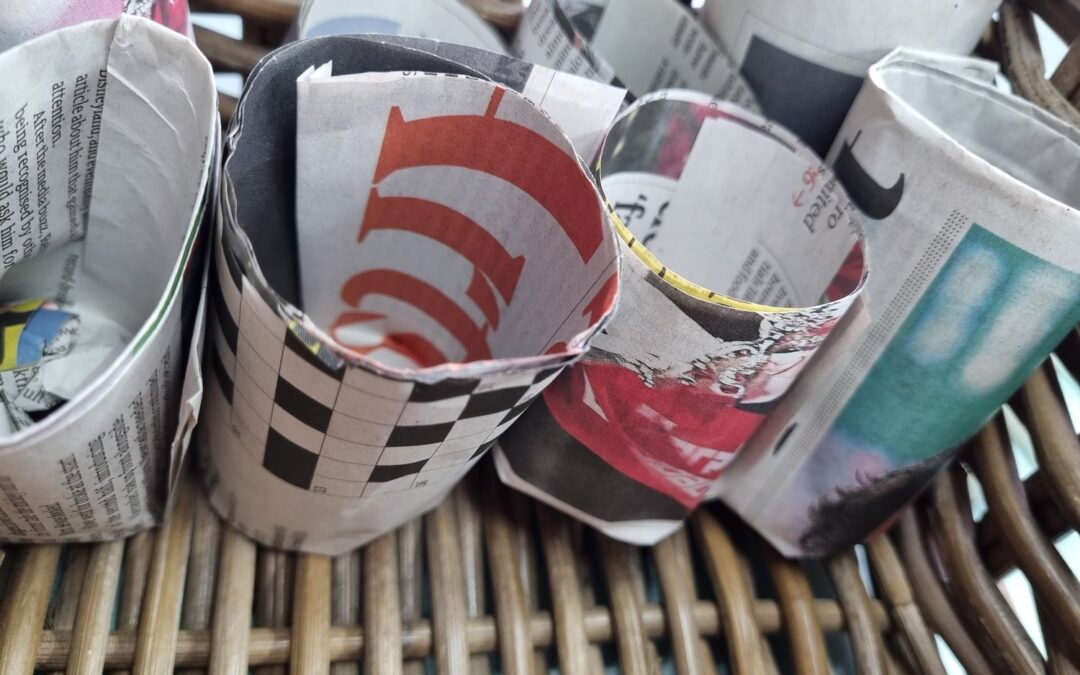*This post contains affiliate links. If you use these links to buy something we may earn a commission. Thanks.
Nature provides us with so many useful herbs that we use in cooking but more than that so many can support our health and wellbeing. But building an apothecary at home to support you can be a little daunting and you should always know how to handle and store the plants you want to use. There is a great book by Erin Lovell Verinder called Plants for the People that offers great advice on storing and assessing the viability of the herbs you harvest for your apothecary that I thoroughly recommend and we’ll write more on how to dry and store herbs in the future.
Today we are highlighting natures bounty with our top herbs to grow to kick start your home based apothecary.
Peppermint

Native to Europe and Asia, this palatable herb has been used for thousands of years for everything from bloating and IBS to just a refreshing drink. My favourite herb. There are so many varieties of mint (that’s a whole post on it’s own) suitable for every palate and it’s so easy to prepare the refreshing tea, fresh or dry, it’s our go to herbal tea!
Versatile for adding flavour to cooking and has the added benefit of containing vitamins such as A, B-6, C,E and K and minerals including calcium, iron, potassium and magnesium.
Dandelion

Hated by many loved by few the humble dandelion makes it onto our list for it’s versatility and flavour! From teas to salads all parts of the plant can be used and stored making it an essential for any home apothecary.
Most have heard of Dandelion tea and aside from the more old fashioned Dandelion and Burdock the root has also been used to make a coffee substitute and Dandelion honey is even a thing! Check out this brilliant recipe we found recently here
The leaves make a great salad and the flowers can be added to omelettes, baked into cakes or even just as decoration.
Nettles

The nettle was the villain of mine and many others as a child and a day running around in the fields around where I grew up rarely ended without the tell tale signs of a run in with some nettles!
Abundant and good to harvest between spring and autumn the shoots and leaves have been used as a tonic with traditional nettle porridge being seen as a kick starter to spring after a long winter in parts of Britain.
Nutritionally, this plant really packs a punch and is full of Vitamins A,C and some B as well as potassium, calcium, magnesium and iron! It can be made into and added to such a wide range of recipes from pesto to beer and tea to soup!
Just be careful how you pick it! Known in roman times as a “warming herb” because of it’s sting which can cause itching and swelling, handle this herb with care to reap the nutritional rewards.
Elderberries

Another well known herb for it’s said to have abilities to ease cold and flu symptoms as well as help you recover faster. Elderberry syrup is a popular home remedy that is super easy to make, this is our favourite.
However, know what you are picking, the raw berries, bark and leaves of the plant are known to be poisonous so careful preparation is iso important! If you don’t feel confident making the preparation yourself…don’t! You can pick up Elderberry Syrup from many health food stores.
Slippery Elm

Not native to the UK, this tree hails from parts of the US and Canada, it doesn’t usually thrive here in the UK. A soothing herb that is claimed to help with symptoms of IBS, Sore throats and UTI’s (however, more scientific research is still needed)
Makes a great tea in it’s powdered form or even a poultice it was said to be used to heal gunshot wounds during the American revolution!
Calendula

Thought to soothe wounds, rashes and inflammation the edible petals of the plant can be used for their antiseptic properties. Dried flowers can be used in the bath, infusions added to ointments or made into salves.
It’s so easy to grow and many gardeners grow this plant for its vibrant foliage. Confusingly it is also known as a pot marigold but shouldn’t be confused with the French marigolds you use on the plots or flowerbeds.
The flowers can be added to anything from Eggs to Ice cubes or used topically as an oil infusion on scrapes and stings!
Chamomile

The most frustrating herb we grow but one we wouldn’t be without. So easy to use to reap the benefits you only need to steep as a tea and bam you have a calming restorative tea to help you relax after a long day.
Echinacea

Such a beautiful flower adding a splash of colour to the borders but also used by many to shorten the length of the common cold and reduce symptoms of the flu! It is also been said to be a bit of an immune system booster! The whole plant can be used with the root being the strongest and great for using in tinctures. But if you don’t want to dig up the whole plant use the flowers and leaves in a tea mixture
So that’s it. A round up of our basic (but essential) herbs in our cabinet. What others would you add? Do you have any recipes you use with your home apothecary?
Caution: When using herbs for medicinal purposes you should seek the advice of a medical professional before starting any holistic treatment. We make no claims about a herbs efficiency and ability to cure and you should do your own research before using herbs in this way. Always exercise caution when foraging herbs that you have not grown and make sure you know what you are picking.





0 Comments